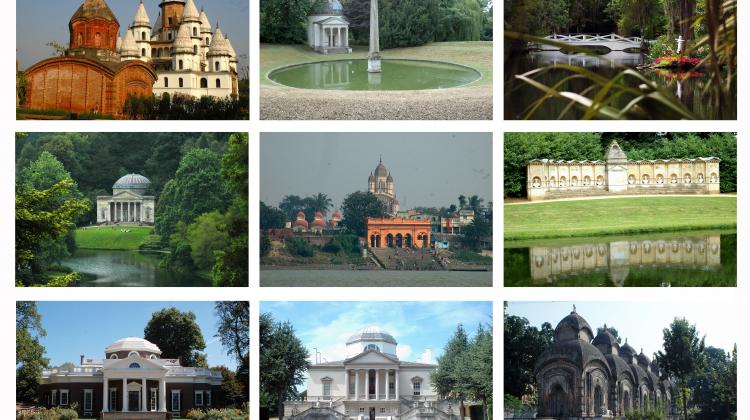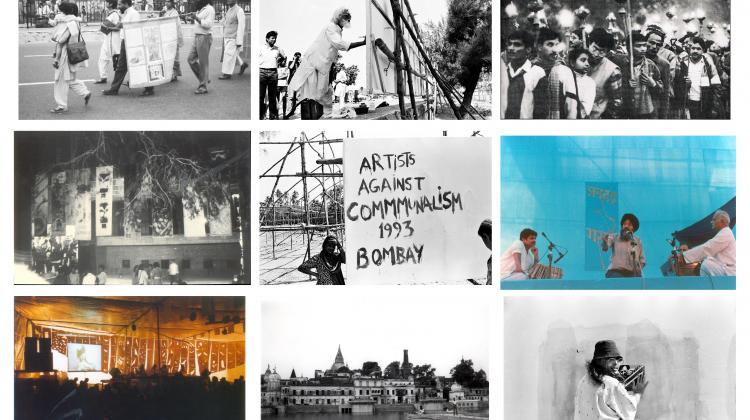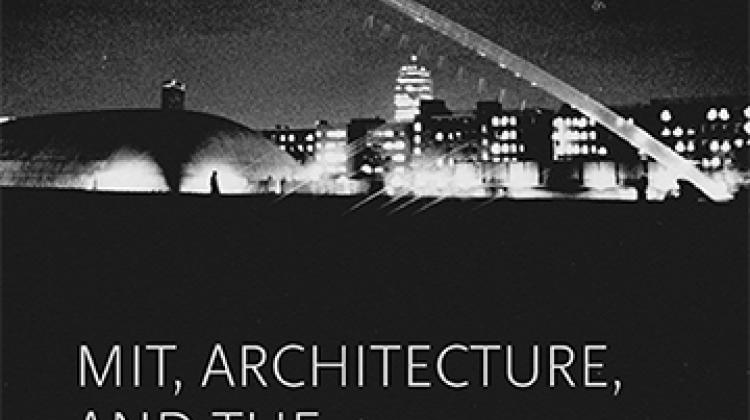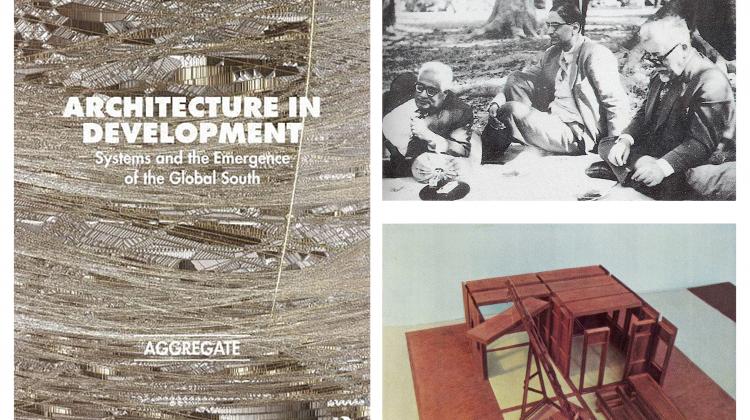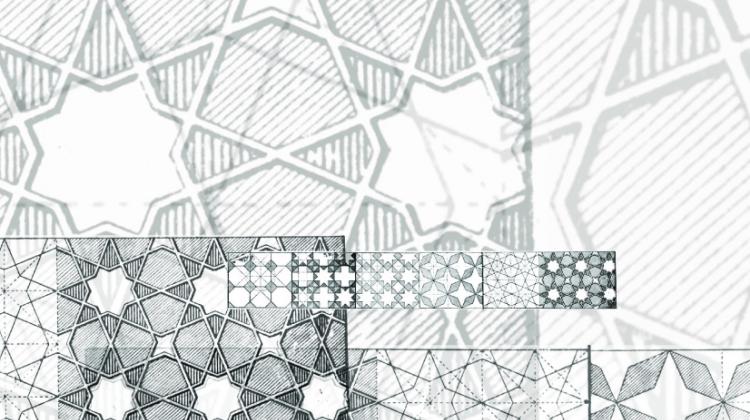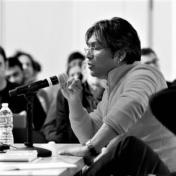Arindam Dutta
Arindam Dutta is Professor of Architectural Theory and History in the History Theory Criticism Program in Architectural and Art History. He obtained his Ph.D. in the History of Architecture from Princeton University in 2001. He has degrees in architectural design from the Harvard Design School and the School of Architecture in Ahmedabad, India, from where he graduated with gold medals. Dutta has been the recipient of the Woodrow Wilson Fellowship, the Getty Fellowship, in addition to numerous research grants and awards. Dutta's articles have appeared in the Journal of Society of Architectural Historians, Grey Room, the Journal of Arts and Ideas, Perspecta, and Third Text.
As a “modern” architectural historian and theorist, Dutta’s work seeks to interrogate and query the nature of arguments underlying the production of architecture and the making of territories and cities, whether these are located in terms of the disciplinary training of architects or the profession’s claim for legitimacy in relation to other professions. Dutta’s primary research interest is the study of globalization. His specific interests lie in the study of institutions, or to be more specific, in examining how the internal dynamics of institutional behavior condition these larger themes. Religion, bureaucracies, the law, disciplinary paradigms, government, firms, financial organizations, funding organizations, university departments, and unions: these corporate entities are crucial to mediating and adjudicating various demands upon power, resources, and justice of various kinds. Dutta’s work and teaching on architecture and aesthetics typically seeks out the archive of these intermediary structures to study how decisions of various kinds, most importantly design decisions, are implicated by the subjective dynamics present within them. His research focuses on more structural and institutional dynamics, bringing attention to other kinds of phenomena whose triggers cannot so easily be reduced to singular actors or groups of actors. Particularly highlighted in his work are maps of interests through which a particular aesthetic or form-making complex might come into being. A “thickened” consideration of the State and “economy” remains an ever-present feature in his studies and in his teaching.
Dutta's teaching interests lie in the area of modern architectural theory and history; imperialism, globalization, and third world politics; technology studies and body politics; Marxist and post-structuralist thought. In addition to MIT, Dutta has also taught at the Graduate School of Architecture, Planning and Preservation (GSAPP) at Columbia University.
Dutta directs the MIT Infrastructure Architecture Lab set up to conduct research and propose strategies regarding the relationships between broad, macroeconomic factors driving built infrastructure and the specificities of architectural and urban form. Along with Sai Balakrishnan and other collaborators, he is conducting research on the relationships between the infrastructure and the "real estate turn" in global financial investments and assetization, and their links to political, institutional and ethnic formations in the Global South.
Publications
A selection of Dutta's publications is available here.
Dutta is the author of The Bureaucracy of Beauty: Design in the Age of its Global Reproducibility, (New York: Routledge, 2007), a wide-ranging work of cultural theory that connects literary studies, postcoloniality, the history of architecture and design, and the history and present of empire. The Bureaucracy of Beauty begins with nineteenth-century Britain's Department of Science and Arts, a venture organized by the Board of Trade, and how the DSA exerted a powerful influence on the growth of museums, design schools, and architecture throughout the British Empire. In the words of one reviewer, the book's intriguing claim is that "empire operates not only through domination, not only through hegemony, but also through beauty." But this is only the book's literal subject: in a remarkable set of chapters, Dutta explores the development of international laws of intellectual property, ideas of design pedagogy, the technological distinction between craft and industry, the relation of colonial tutelage to economic policy, the politics and technology of exhibition, and competing philosophies of aesthetics.
Dutta is the editor of A Second Modernism: Architecture, MIT and the "Techno-Social" Moment, on the postwar conjuncture of architectural thought and linguistic/systems theories (Cambridge, MA: MIT Press, 2013). After World War II, a second modernism emerged in architecture -- an attempt, in architectural scholar Joan Ockman's words, "to transform architecture from a 'soft' aesthetic discipline into a 'hard,' objectively verifiable field of design expertise." Architectural thought was influenced by linguistic, behavioral, computational, mediatic, cybernetic, and other urban and behavioral models, as well as systems-based and artificial intelligence theories. This nearly 1,000-page book examines the "techno-social" turn in architecture, taking MIT's School of Architecture and Planning as its exemplar.
Dutta is a founding member of the architectural historians’ collective Aggregate. Aggregate’s Governing by Design came out in 2011, comprising of a series of essays on the relationships between architecture, politics and economy (University of Pittsburgh Press). Dutta served as lead editor, along with Ateya Khorakiwala, Ayala Levin, Fabiola López-Durán, and Ijlal Muzaffar, of Architecture in Development: Systems and the Emergence of the Global South (Routledge, 2022).
In essays and interviews, prominent architectural historians and educators examine the postwar “research-industrial” complex, its attendant cult of expertise, and its influence on life and letters both in America and abroad. Paying particular attention to the ways that technological thought affected the culture of the humanities, the social sciences, and architectural design, the book traces this shift toward complexity as it unfolded, from classroom practices to committee deliberations, from the challenges of research to the vicissitudes of funding. Looking closely at the ways that funded research drew academics towards a “problem-solving” and relevance-seeking mentality and away from the imported Bauhaus model of intuition and aesthetics, the book reveals how linguistics, information sciences, operations research, computer technology, and systems theory became part of architecture's expanded toolkit.
This is a history not just of a school of architecture but of the research-oriented era itself. It offers a thoroughgoing exploration of the ways that policies, politics, and pedagogy transformed themselves in accord with the exponential growth of institutional power.
A rich study in the history of ideas, of design and architecture, and of cultural politics, The Bureaucracy of Beauty converges on the issues of present-day globalization. From nineteenth-century Britain to twenty-first century America, The Bureaucracy of Beauty offers a theory of how things - big things -change.



